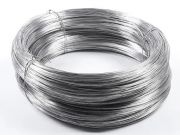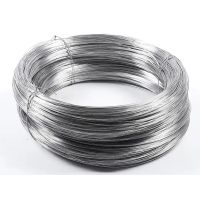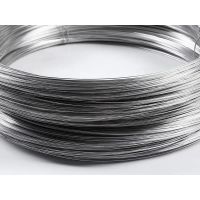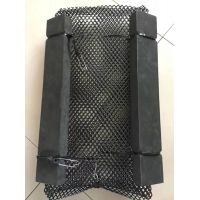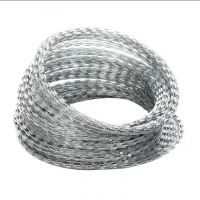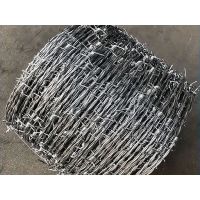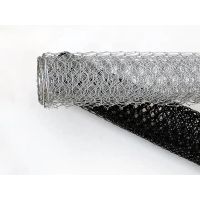Проволока из нержавеющей стали - это мягкий, прочный материал, изготовленный из нержавеющей стали, сплава, состоящего в основном из железа, хрома и никеля, с сильной коррозионной стойкостью и коррозионной стойкостью. Проволока из нержавеющей стали; Его значительная прочность и устойчивость к экстремальным температурам и коррозионной среде делают его идеальным вариантом для использования в различных областях, от медицинского оборудования и автомобильных деталей до строительной и бытовой техники.
Материалы
- 304: Высокая коррозионная стойкость, широкий спектр применений, подходит для всех областей, от кухонных электроприборов до промышленных машин.
- 304L: 304 Низкоуглеродная версия, более подходящая для сварки, с высокой коррозионной стойкостью.
- 316: Повышенная коррозионная стойкость, особенно в морской среде, для использования в медицине и морской промышленности.
- 316L: Аналогично 316, но лучше подходит для сварки и экстремально коррозионных сред.
- 310: Высокотемпературная стойкость, используемая для деталей корпуса печи и оборудования термообработки.
- 430: Хорошая формовка и коррозионная стойкость, часто используемые в декоративных применениях.
- 317 / 317L: Высокая химическая и коррозионная стойкость, используемая в обрабатывающей промышленности.
- 321: Высокотемпературная устойчивость, для аэрокосмических и выхлопных систем.
- 347: идеально подходит для высокотемпературных применений, обычно для компонентов самолета.
- 309: Очень хорошая термостойкость для деталей печи и нагревательных элементов.
- 410: Закрепляется, обладает хорошей прочностью и износостойкостью.
- 2205 Duplex: Очень прочный, обладает отличной коррозионной стойкостью и используется в сложных условиях.
- 2507 Супербифазы: очень прочные, коррозионно стойкие, для использования в суровых условиях.
- 904L: обладает отличной кислотоустойчивостью и коррозионной стойкостью для химической обработки.
- 330: Высокие температуры и антиоксидантные свойства превосходны и используются для промышленного нагрева.
- 410S: 410 Низкоуглеродная версия, более подходящая для формования и сварки, но менее коррозионная.


